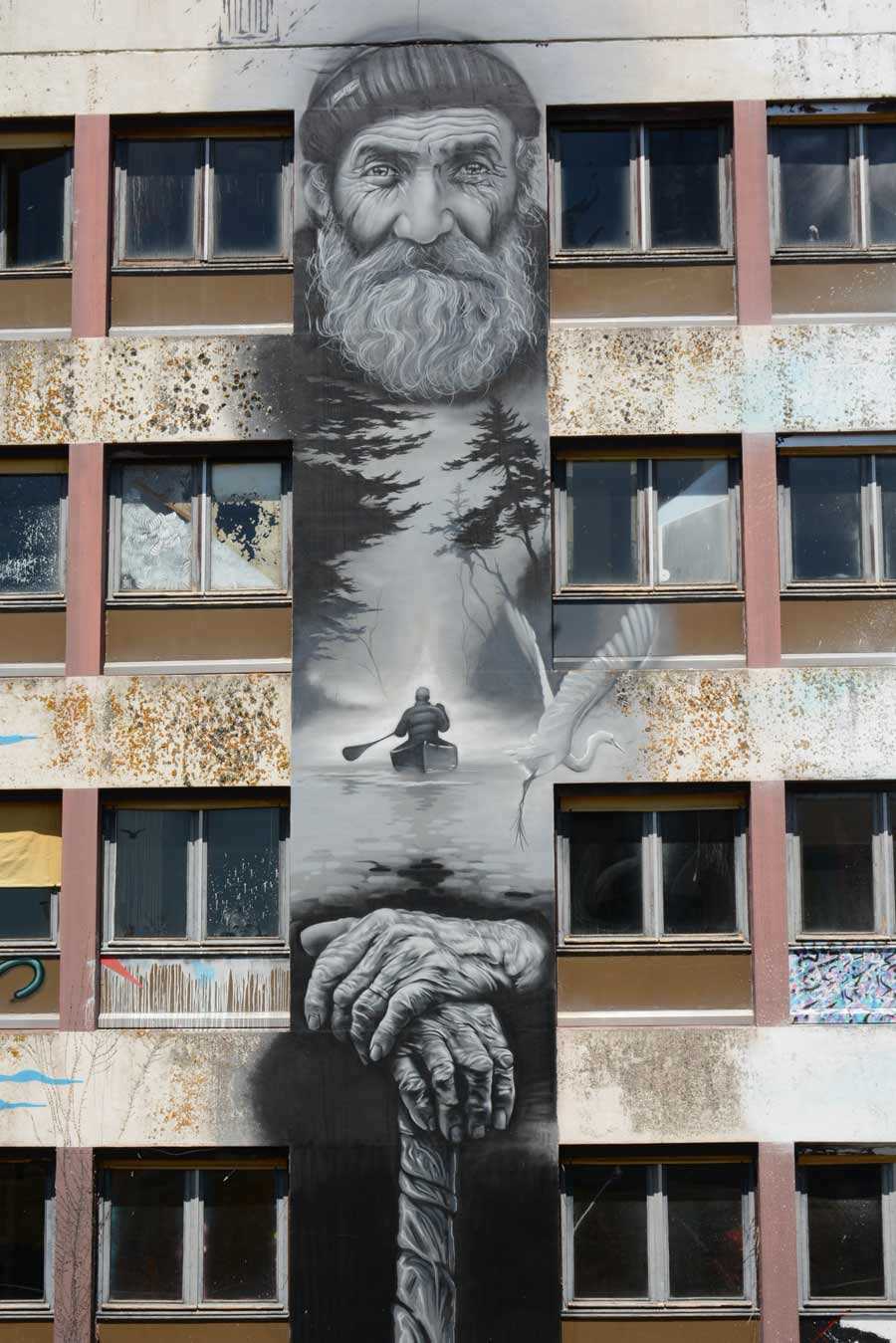
France is renowned for its rich culture, historical landmarks, and artistic heritage. Among the many art forms that thrive in this enchanting country, street art stands out as a powerful and vibrant expression of creativity. With its origins rooted in the rebellious and countercultural movements of the 20th century, street art has evolved into a respected and celebrated form of artistic expression.
French cities, such as Paris, Marseille, and Lyon, have become iconic destinations for street artists from all over the world. The graffiti-covered walls, alleyways, and buildings provide a blank canvas for artists to showcase their unique perspectives and social commentary. From colorful murals to thought-provoking stencils, street art in France has transformed the urban landscape into an open-air gallery.
One of the most prominent and influential street artists in France is Banksy. His thought-provoking and often politically charged artwork has captivated audiences worldwide. While his true identity remains a mystery, his distinctive stencils can be found on walls across the country. Banksy’s work serves as a reminder of the power of street art to challenge the status quo and ignite conversations about important social issues.
Street art in France not only provides visual stimulation but also serves as a platform for artists to express their individuality and connect with the communities they inhabit. It empowers both the artists and the viewers, bridging the gap between traditional art spaces and the public. By transforming ordinary spaces into extraordinary art installations, street art has the ability to transform the way we perceive and interact with our surroundings.
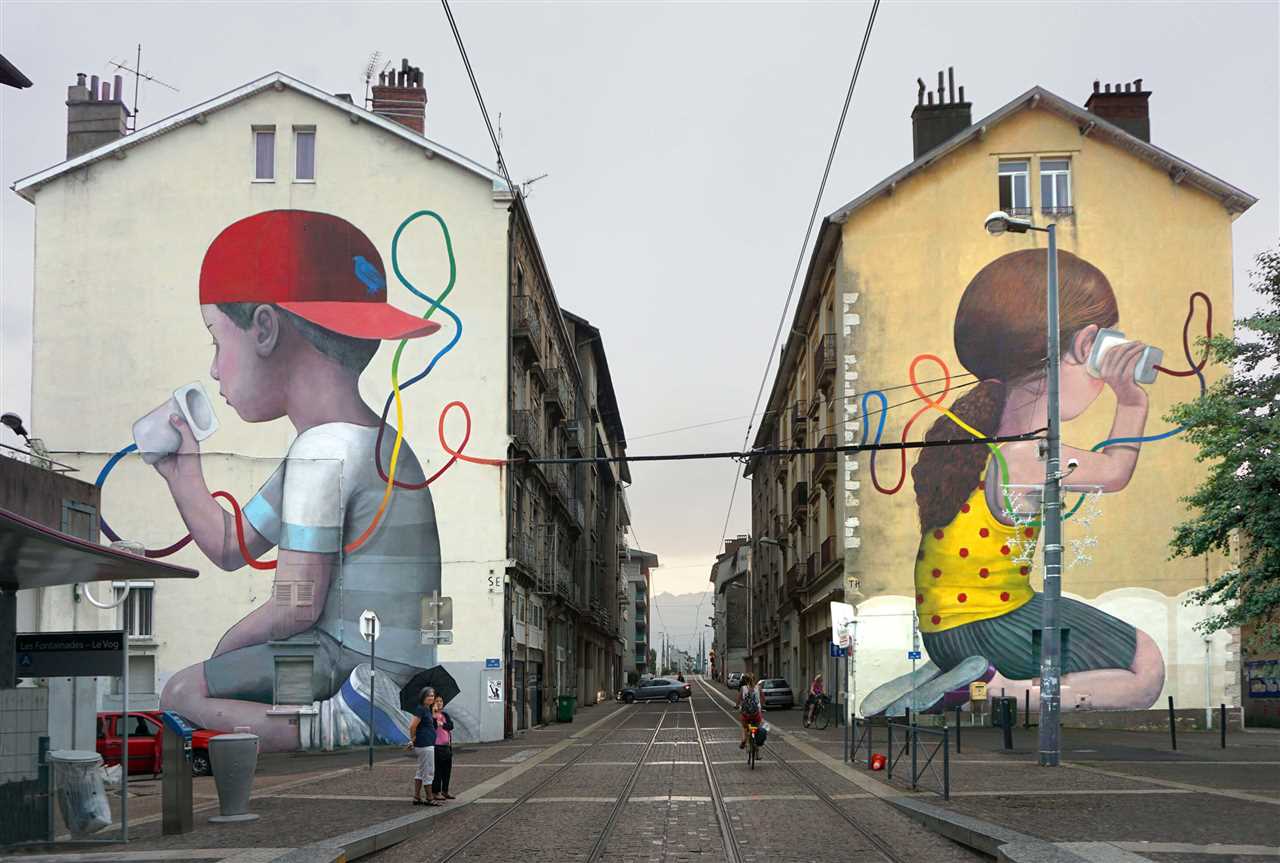
Stencil art is a popular form of street art in France. It involves creating images by cutting out designs on a template, called a stencil, and spraying paint over the template onto a surface. This technique allows artists to quickly and efficiently create intricate and detailed artworks.
History of Stencil Art
Stencil art has a long history that can be traced back to ancient times. Stenciling has been used in various cultures for centuries, from ancient Egypt to Japan. In France, stencil art gained popularity during the 20th century with the emergence of the punk and graffiti movements.
Stencil art became a prominent feature of the French street art scene in the 1980s, when artists like Blek le Rat and Jef Aerosol started using stencils to create political and social commentary artworks. Their use of stencils allowed them to quickly create multiple copies of their artworks and spread their messages across the city.
Techniques and Styles
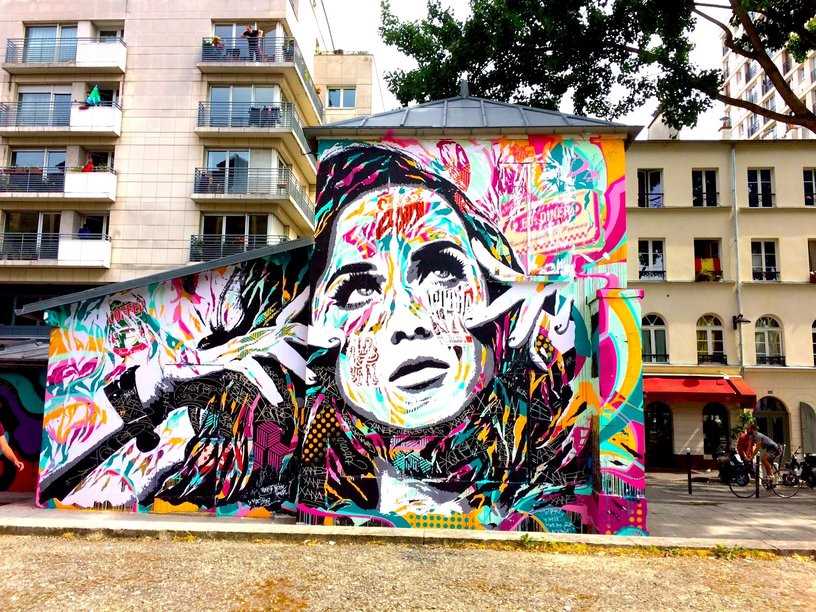
Stencil artists use a variety of techniques to create their artworks. They start by designing and cutting out their stencils, which can be made from different materials such as cardboard or plastic. Once the stencil is ready, the artist can choose the colors and start spraying paint over the stencil onto the desired surface.
Stencil art can be found in a wide range of styles, from realistic portraits to abstract designs. Some artists focus on creating large-scale murals, while others incorporate stencils into smaller artworks. The use of stencils allows for precise and detailed images, making it a popular choice among street artists.
Stencil art is not limited to outdoor spaces. It can also be found in art galleries and museums, showcasing the versatility and creativity of this art form.
Graffiti
Graffiti is a form of street art that has become popular in France in recent years. It is characterized by the use of spray paint or markers to create images or text on public surfaces, such as walls, bridges, and train cars. Graffiti artists often use vibrant colors and intricate designs to make their creations stand out.
One notable aspect of graffiti in France is the political and social commentary that it often conveys. Many graffiti artists use their art as a means of expressing their opinions on topics such as inequality, racism, and environmental issues. This form of street art has the power to raise awareness and spark conversations.
Another unique element of graffiti in France is the collaboration between artists. Artists often come together to create large-scale murals that cover entire buildings or walls. These collaborative projects allow artists to combine their different styles and techniques, resulting in visually stunning works of art.
Despite its controversial nature, graffiti continues to thrive in France and has become an integral part of the country’s cultural landscape. It provides a platform for artists to express themselves and provoke thought, while adding a splash of color to the urban environment.
Tagging
Tagging is one of the most common forms of street art in France. It involves spray painting or using markers to create a simple, often stylized, signature or logo on a public surface. Tagging can be seen on walls, doors, and even on the sides of trains and buses.
Tagging is often associated with illegal and unauthorized street art, as it is usually done without permission from the property owner. However, it is also considered a form of self-expression and a way for artists to leave their mark on the urban landscape.
Some taggers also use their tags as a way to communicate messages or make political statements. These messages can be political, social, or personal in nature. Tagging is seen by many as a way to reclaim public space and challenge the status quo.
While tagging can be seen as a form of vandalism, it has also gained acceptance and recognition as an art form. Some artists have taken their tags to galleries and museums, blurring the lines between street art and traditional art.
Despite its controversial nature, tagging has become an integral part of the street art scene in France and continues to evolve and push boundaries in the urban landscape.
Murals in Urban Areas
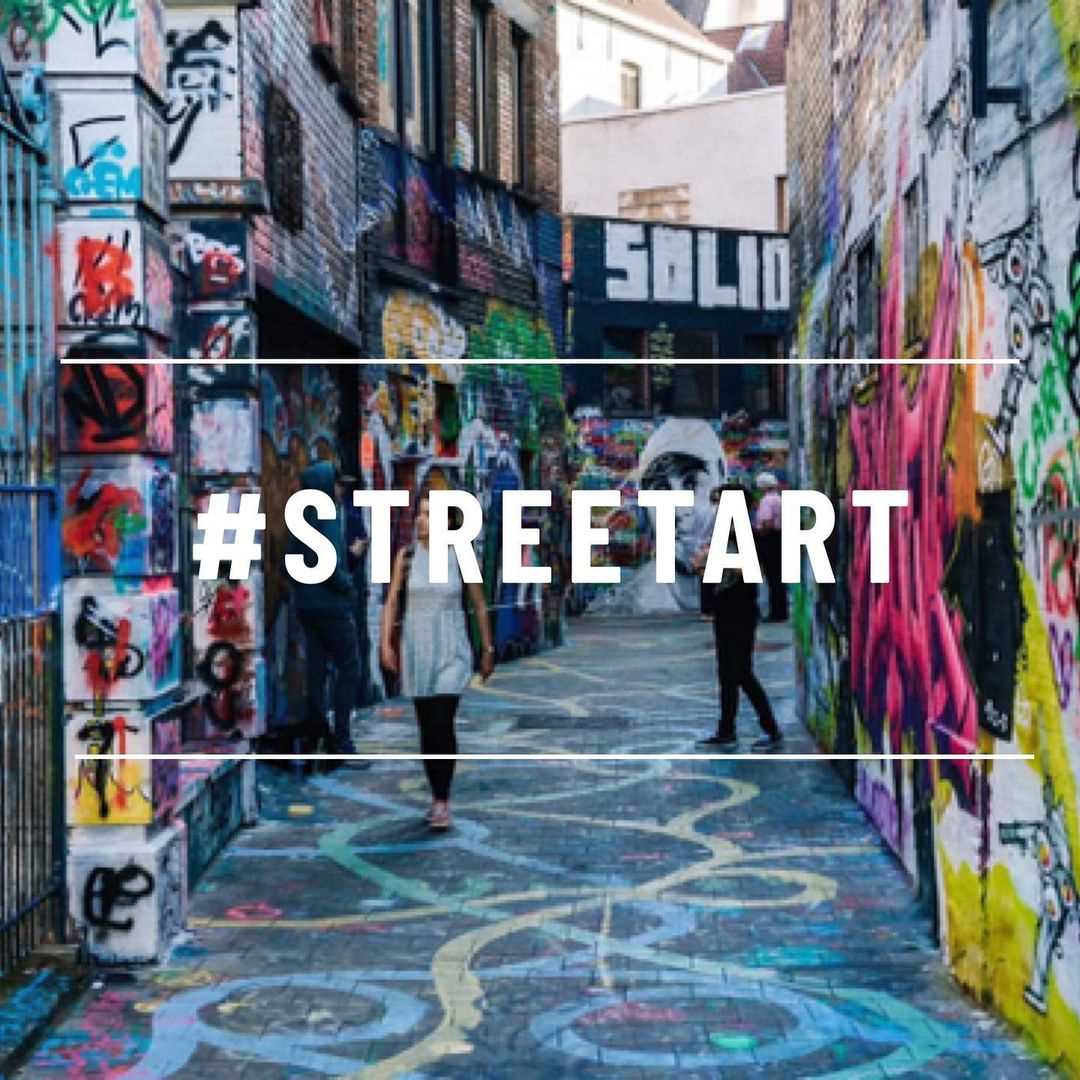
Street art murals have become a prominent feature in urban areas across France. These large-scale artworks can be found in many cities and towns, adding a vibrant and creative element to the urban landscape. The murals often depict a wide range of subjects, from social and political issues to abstract designs and colorful patterns.
One of the most famous examples of street art murals in France can be found in the city of Paris. The neighborhood of Belleville is known for its vibrant street art scene, with many artists using the walls of buildings as their canvas. Walking through the streets of Belleville, one can see a variety of murals that showcase the talent and creativity of the local artists.
In addition to Paris, other cities in France also have a thriving street art scene. Marseille, Lyon, and Bordeaux are just a few examples of cities where murals can be found on the walls of buildings, bridges, and even railway stations. These murals not only add color and beauty to these urban areas but also serve as a form of expression for the artists.
The popularity of street art murals in France has led to the establishment of street art festivals and events. These events attract artists from around the world, who come to showcase their work and collaborate with local artists. The festivals often feature live painting sessions, workshops, and exhibitions, providing an opportunity for the public to engage with street art and learn more about the artists and their techniques.
Street art murals in urban areas serve as a reminder of the vibrant and diverse artistic culture in France. They reflect the creativity and individuality of artists who use the streets as their canvas. Whether it is a political statement or a simple expression of beauty, these murals contribute to the visual landscape of cities and enrich the cultural experience of residents and visitors alike.
| Paris | Belleville |
| Marseille | Lyon |
| Bordeaux | Railway stations |
Concrete Canvas: Street Art in Paris
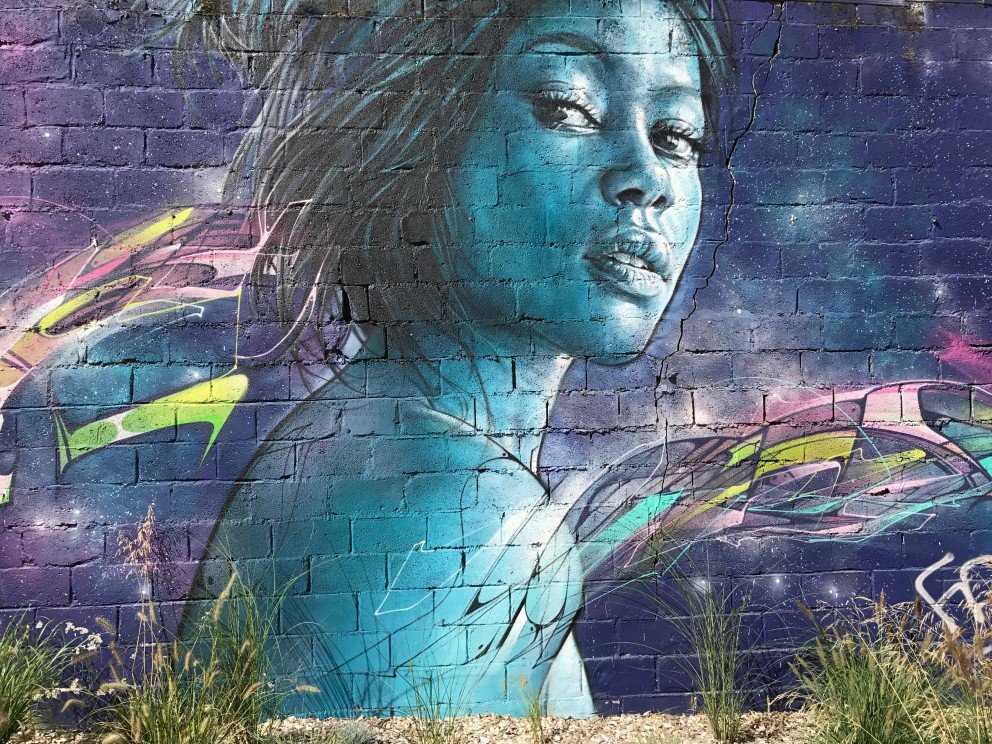
Paris, the capital city of France, is renowned for its art scene. While traditional art galleries and museums showcase classic masterpieces, the streets of Paris also serve as a canvas for artists to express themselves. The city’s vibrant street art scene has gained international recognition, attracting both locals and tourists alike.
One of the most famous street art districts in Paris is Belleville, located in the northeastern part of the city. The neighborhood is known for its colorful and dynamic murals that can be seen on building walls, bridges, and even street signs. Walking through Belleville feels like stepping into an outdoor art gallery, filled with bold and thought-provoking artworks.
Street art in Paris is not limited to just murals. Artists also use other mediums such as stencils, wheatpastes, and installations to create their unique pieces. These artworks can be found throughout different neighborhoods in the city, each with its own distinct style and message.
One of the prominent street artists in Paris is Blek le Rat, often referred to as the “Father of Stencil Graffiti.” His iconic black and white stencils can be found across the city, depicting political figures, musicians, and everyday people. His work has influenced many artists and has become an integral part of the Parisian street art scene.
While some may argue that street art is a form of vandalism, many Parisians embrace it as a form of cultural expression. The city’s authorities have recognized the importance of street art and have designated certain areas where it is allowed and encouraged. This has helped create a thriving community of artists who continue to push the boundaries of artistic expression.
Street art in Paris is constantly evolving, with new artworks appearing and disappearing overnight. It adds a layer of creativity and vibrancy to the city, turning ordinary streets into extraordinary works of art. So next time you’re in Paris, take a stroll through the streets and discover the concrete canvas that showcases the immense talent and creativity of the city’s street artists.
Colorful Creations
Expressive Imagination
One of the most striking things about French street art is the expressive imagination that is evident in each piece. Artists use a variety of techniques and styles to bring their ideas to life, from detailed stencil work to large-scale murals.
These vibrant creations often tell a story or convey a message, reflecting the artist’s own experiences, opinions, or observations. They serve as a form of self-expression and a means to engage with the public, sparking conversations and provoking thought.
Blending Art and Cityscape
What sets French street art apart is its seamless integration with the cityscape. These colorful creations aren’t confined to designated areas or limited to certain neighborhoods – they can be found in unexpected places throughout the city.
Artists carefully select their locations, taking into consideration the surrounding architecture and environment. This thoughtful approach allows street art to blend harmoniously with its surroundings, enhancing the beauty of the city and creating a unique visual experience for both residents and visitors alike.
French street art is a testament to the power of creativity, color, and imagination. It adds a touch of vibrancy and excitement to everyday city life, transforming the mundane into the magical.

I am a mural enthusiast and a fervent admirer of street art. Rather than creating murals myself, I am passionate about collecting them. My love for street art knows no bounds. I am dedicated to curating and cherishing these artworks that grace the streets. My collection stands as a testament to my profound appreciation for this form of artistic expression.
read about me



